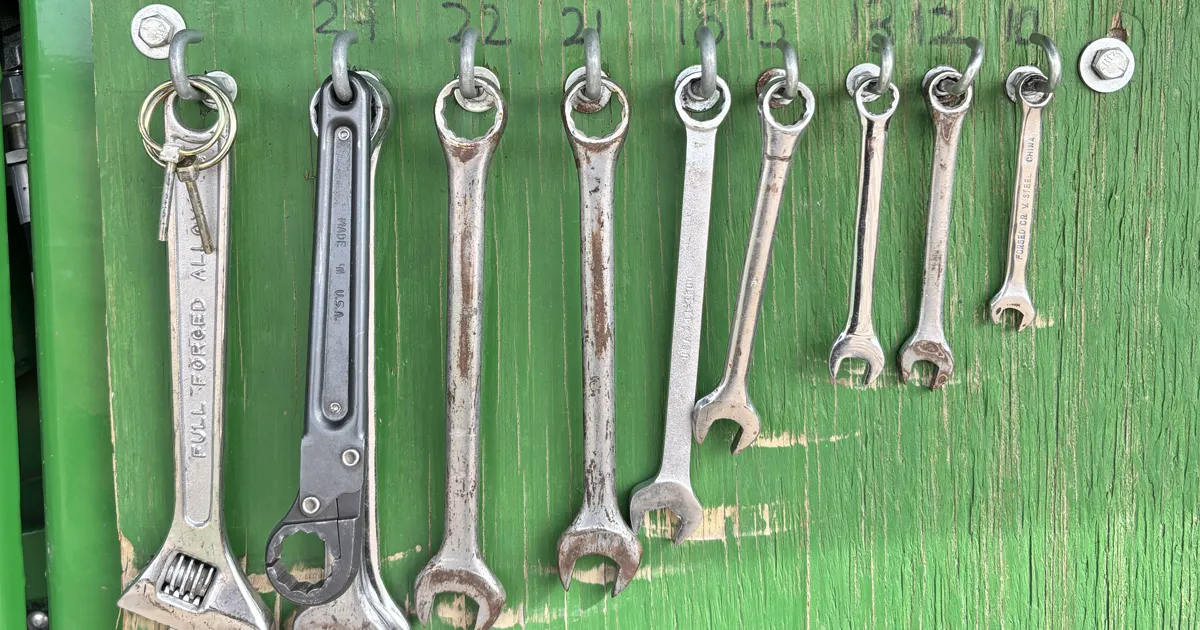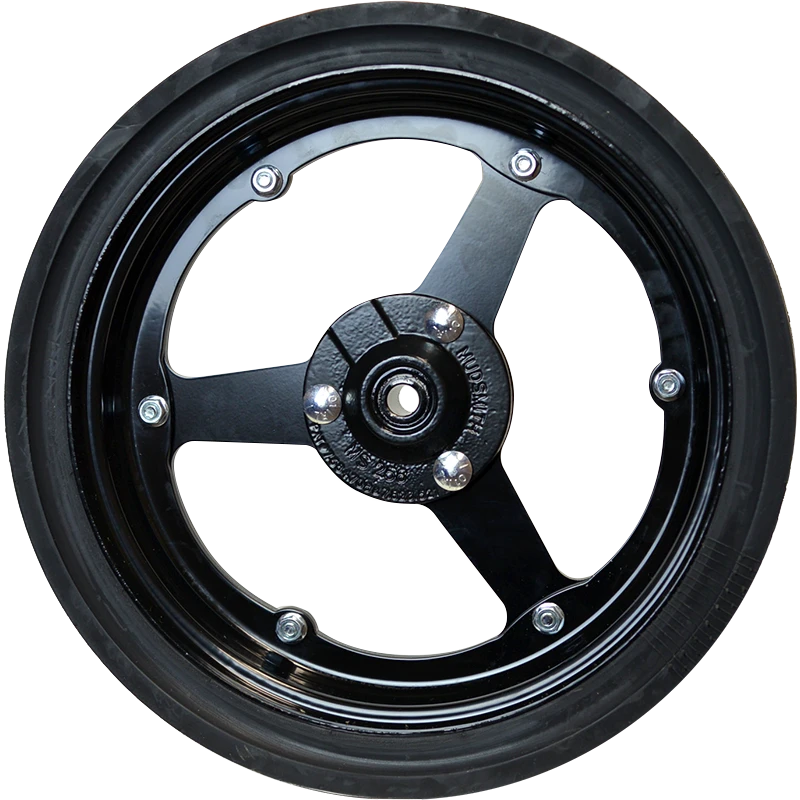
Harvest season is a make-or-break time for every farmer. With all the work that goes into growing, managing, and finally harvesting crops, every bushel lost can feel like a small tragedy. Yet, many farmers unknowingly let valuable grain slip away due to improper combine settings. This post will walk you through everything you need to know about identifying, diagnosing, and correcting grain loss in your combine. Whether you’re a seasoned operator or new to the game, this guide will help you keep your losses below the critical threshold of 1 bushel per acre, ensuring a higher yield and better returns.
Understanding Grain Loss in Combines
Grain loss can occur due to various reasons, primarily involving issues with the rotor or the sieves. Identifying the root cause is essential for making accurate adjustments. By mastering the art of combine adjustments, you can capture more grain and ultimately achieve greater yield efficiency.
Section 1: Measuring Grain Loss Effectively
One of the most common issues operators face is inaccurately measuring grain loss. Incorrectly assessing the loss can lead to unneeded adjustments or missing critical fixes altogether. Here’s a systematic approach:
- Drop a Pan and Quantify the Loss
Dropping a pan beneath the combine at various intervals is the standard method for measuring grain loss. It’s a simple, effective way to see if your adjustments are working or if further tweaks are needed. To do this, place a pan in the combine’s path, complete a pass, and assess how much grain has accumulated.
Tip: After dropping the pan, compare the results to your yield monitor’s data to verify accuracy. - Power Shutdown Test
Sometimes it’s hard to tell where the grain loss originates. Performing a power shutdown stops the combine in mid-operation, allowing you to check if the loss is due to the sieve or rotor. This is a reliable way to isolate the issue. If you can’t immediately tell, try making a best-guess adjustment, drop the pan again, and observe if the results improve. - Calibrate and Benchmark Yield Loss Monitor
Many combines come equipped with a yield loss monitor, which provides real-time data on potential losses. However, these monitors are only as accurate as their calibration. Regularly calibrate and benchmark your monitor using the data gathered from pan drops.
Section 2: Diagnosing Rotor Loss
Rotor loss can account for significant grain loss if not managed correctly. It often stems from issues related to rotor speed and concave settings.
- Calibration Check
When setting up or maintaining your combine, it’s vital to zero and calibrate the concaves to the rotor. This alignment prevents unwanted movement, which can disrupt grain separation. When in doubt, review the manufacturer’s calibration guidelines. - Steps to Minimize Rotor Loss
- Open the Concave
If your concave is too tight, it can restrict the section’s ability to fill and unload properly. By opening the concave slightly, you allow for better separation of grain and material. This adjustment can be particularly beneficial when handling heavy or dense crops that might otherwise overload the combine. - Slow the Rotor
Overly high rotor speed can force grain and material through the machine before it has a chance to separate. Reducing rotor speed can significantly improve separation, especially in high-moisture crops that require more gentle handling. For example, wheat or other grains with a tough shell can often withstand a higher rotor speed, but sensitive crops like canola may benefit from a more moderated approach.
- Open the Concave
- Pro Tip: After each adjustment, drop the pan again to see the impact on grain loss. Adjust gradually and reassess each time.
Section 3: Managing Sieve Loss
Sieve loss typically arises when the grain fails to fall through the sieve properly. This issue is often manageable with minor adjustments to the sieves and wind settings.
- Calibration Check
Calibration is critical at the beginning of the harvest season. Make sure your sieve settings are accurate by following the combine’s setup guidelines. - Adjusting Chaffer and Bottom Sieves
Begin by opening the chaffer and bottom sieves to allow more grain to pass through. If the sample becomes too dirty, you can close them slightly to strike a balance between grain retention and sample purity. Start with adjustments to the chaffer before moving to the bottom sieve, as this ensures a more controlled setup process.- Example Scenario: If you’re working with corn, you might find that opening the chaffer improves grain throughput without sacrificing purity, while soybeans may require tighter settings to avoid excess material.
- Modify Wind Speed
Wind speed is another variable that significantly affects grain retention. In lighter crops, running a lower wind speed prevents the grain from being blown out with the MOG (Material Other than Grain). Balancing wind speed with sieve settings is essential. Too much wind can send grain out of the machine, while too little can clog the sieves.
Pro Tip: Different crops have different optimal wind speeds. For instance, wheat may perform best at medium-to-high wind speeds, while barley might benefit from a gentler approach.
Common Pitfalls and How to Avoid Them
- Ignoring Small Adjustments
Many operators only make major adjustments, but often, small tweaks yield the best results. Instead of swinging dramatically from one setting to another, make small, incremental changes and assess their impact. - Over-Relying on Technology
While yield monitors and automated settings are helpful, they should supplement, not replace, regular physical checks. Drop a pan after each adjustment, even if the monitor shows favorable data. - Skipping Routine Calibrations
Combine settings drift over time due to wear and environmental factors. Regular calibration, especially at the start of each season, keeps everything in check. Remember, the conditions during the initial setup may change as the season progresses, so recalibration is sometimes necessary.
Fine-Tuning Combine Performance for Different Crops
Combines operate differently depending on the crop type. Here’s a quick look at crop-specific adjustments that can help minimize grain loss:
- Corn: Corn often requires wider sieve openings and a slower rotor speed to handle the larger grain size. Increasing concave spacing can reduce kernel breakage.
- Soybeans: Soybeans benefit from moderate rotor speeds and slightly tighter sieves. However, because soybeans can be delicate, try a slower rotor speed to minimize damage.
- Wheat: For wheat, keep the rotor speed relatively high and the concave gap narrow to break open the tough husks. Wind speed should be adjusted to prevent light chaff from blowing out valuable grain.
- Canola: Canola is particularly susceptible to loss due to its small seed size. Tight sieve settings and reduced wind speed help capture more of this fine crop.
Conclusion: Achieving Optimal Grain Retention
Grain loss is often the result of fine margins and overlooked settings. By following the outlined steps—identifying loss types, making targeted adjustments, and calibrating for each crop type—you can reduce grain loss significantly. For operators and farm managers, investing time in mastering these adjustments means higher productivity and less waste.
Ultimately, getting the most from your harvest requires a mix of technology, observation, and skilled adjustments. As you dial in your combine settings, remember that the goal isn’t just to capture grain but to do so efficiently and sustainably. Call us at 1-855-612-7006 for more information.


















